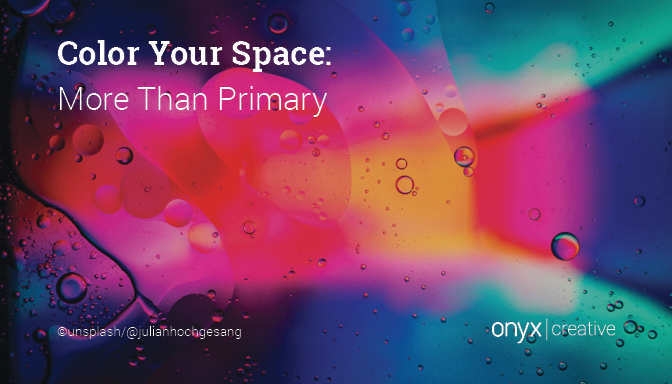by Rita Gochberg
Advancements in mass transit and affordability of private transportation, urban planning, segregated living, working and shopping environments, and the establishment of low-density dwelling neighborhoods, all give rise to automobile dependency and suburban sprawl. In the early 1980s, the New Urbanism movement was established in the U.S. as a response to the detrimental effects of urban sprawl, becoming influential in aspects of urban planning and municipal land-use perimeters. The following study evaluates the sum of the significant impacts of suburban sprawl, establishes common patterns between urbanist methodology and evolution of healthcare systems, assesses population living preferences among two major cohorts, baby boomers and millennials, and proposes a pathway to better integration of healthcare services within the urbanist environment.
Read More






























